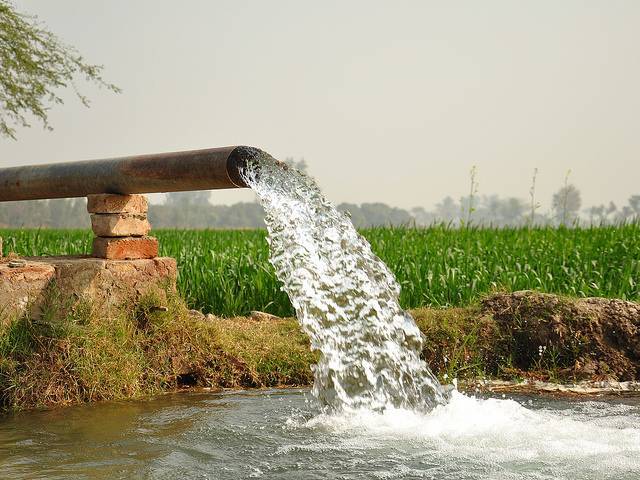
In the budget for 2016-17 unveiled on Saturday, the provincial government has allocated Rs11 billion for development of the agriculture sector in different areas including research to increase the output, better management of irrigation water, smart use of pesticides, training of farmers at special schools and supply of produce to markets and their pricing.
Almost half - Rs5.2 billion - of the allocation will be met through World Bank assistance for enhancing the productivity of crops, giving market access to small and medium producers, skills development and improving irrigation water management at field levels. The share of foreign loans for the agriculture sector stands at 18% in the total estimated foreign financing of Rs29 billion in the next fiscal year 2016-17, starting July.
Sindh Finance Minister Murad Ali Shah, while presenting the budget in the provincial assembly, said “Rs5.2 billion has been allocated for foreign-funded projects, which includes Rs2 billion for the Sindh Agriculture Growth Project and Rs3 billion for the Sindh Irrigated Agriculture Productivity Enhancement Project.”
Budget documents show the government has set aside nothing for the Sindh Agriculture Growth Project in the Annual Development Plan and it will completely count on foreign funding. The estimated cost of this five-year project, approved in February 2014, stands at Rs8.86 billion, of which Rs7.64 billion will comprise international development assistance or World Bank financing.
Farmers will contribute Rs1.2 billion to complete the project and take benefit of it. A major share of the fund allocation will be utilised for increasing the output of crops and slightly higher than one-fourth of the allocation will go to the livestock sector.
“Four focal groups of farmers have been formed for crops of dates, chillies, onions and rice to promote investment for agriculture growth,” Shah said. Similarly, the Sindh Irrigated Agriculture Productivity Enhancement Programme is also excessively dependent on foreign funding of Rs3 billion next year. The five-year project, which will be completed in 2020, has got the biggest fund allocation for 2016-17.
Under the project, 350 laser land-levelling equipment will be provided on cost-sharing basis for the farmers, 200 water courses have been improved in the current fiscal year and 1,000 more will be improved, installation subsidy will be provided for 715 tube wells and drip irrigation will be applied to 5,000 acres of land.
As part of the total allocation, 1,500 agricultural implements will be provided for the growers at 50% subsidised rates for the promotion of mechanised farming. About 18,000 hectares of land had been smoothened through bulldozers up to March 2016 whereas 433 tube wells will be installed at 50% subsidised rates in agriculture fields to utilise the groundwater.
Published in The Express Tribune, June 12th, 2016.
Like Business on Facebook, follow @TribuneBiz on Twitter to stay informed and join in the conversation.
1725030039-0/Untitled-design-(2)1725030039-0-405x300.webp)
















COMMENTS (1)
Comments are moderated and generally will be posted if they are on-topic and not abusive.
For more information, please see our Comments FAQ